|
11/8/2013 1 Comment Pack Ice Got You Down?Palmer Station, located on the south end of Anvers Island, is the only US station located in the Antarctic Peninsular region. It sits at the end of a small point with a glacier towards it's back and open (or not so open, depending on the pack ice) waters on all other sides. The site for the station was chosen specifically because it is located in a biologically rich area that can easily be reached by ship. After four seasons of building, the station opened in 1970. The station supports a vast amount of research covering everything from diatoms to sea birds. Since it’s inception, it has also helped support long-term environmental research (LTER) projects, of which I am particularly interested in. The LTER projects study a range of subjects that are inevitably linked: sea birds, prey (krill), phytoplankton ecology and the microbial loop. Because these projects have been running for so long, an incredible amount of knowledge and information has accumulated. It is this knowledge that I hope to begin to tap into while I am here. Part of what makes research at this particular station interesting, is that it is located in the fastest warming region on earth. Though there are many factors to this, part of this warming is due to the Antarctic Circumpolar Current (ACC), the strongest fastest ocean current on earth. The ACC isolates the Antarctic from more temperate climates and is now hitting the peninsula with warmer waters as the ocean temperatures rise. (Please note that this is an especially simplified explanation of what is happening with the ACC and why it is warming the Antarctic peninsula. There is a lot more information if you care to read about it. I felt it worth mentioning in brief here…) The average winter temperature has risen by 6 degrees Celsius, or 42.8 degrees Fahrenheit since 1950! Just here at Palmer, the glacier behind station used to be right behind the buildings, now it is half a kilometer away. The glacier is retreating 33 feet a year. In fact, it is widely agreed upon that if the glacier continues to melt/calve off as it has been, it will reveal that Palmer station is not actually on Anvers island proper, but a smaller island off of it’s coast. All of this talk about the sea temperatures rising and glacial retreat makes it hard to understand that why today, the LM Gould could not reach station because the pack ice is too thick to break through. It is important to understand that Antarctica started off extremely cold and though temperatures are rising, temperatures are still very cold by a temperate climate perspective. And just like every place on earth, fronts move in and create overly cold or hot periods. The important thing here is not to look at just one week or even one season – but the overall trend spanning many years. Current life on station: Since arriving a week ago, pack ice has blown into Arthur Harbor locking all researches on station, ‘in’. Most of the research here is related to marine biology in one way or another, meaning many of the scientists collect their data away from station, on Zodiacs. Because the weather has been cold and the winds are blowing in the ‘wrong’ direction, the ice has become more compacted and we are now looking at a thick cover of pack ice in the harbor. So thick in fact, that the L.M. Gould cannot navigate it’s way back to station to pick up folks who are ready to go home. One fellow who has been here since April is particularly disappointed. Worse case scenario, it could be another 6 weeks before he can go home, due to the shipping schedule of the Gould. Others on station who are waiting for the waters to clear, appear to be doing ‘busy’ work. The birders are looking through frozen Cormorant boli (a mucus like sack Cormorants regurgitate that is filled with indigestible food such a fish bones) samples from last year looking for otoliths. The otloliths will be saved and sent to the University of Washington to determine what fish species the cormorants are eating. Important work, but not necessarily their main field work or purpose for being here. In the mean time, we wait for the winds to pick up from the north to move out the pack ice. And if the weather is clear, it changes by the minute - go for a hike up the glacier. This material is based upon work supported by the National Science Foundation under Grant Number 1158885.
Any opinions, findings, and conclusions or recommendations expressed in this material are those of the author(s) and do not necessarily reflect the views of the National Science Foundation.
1 Comment
ZAK
11/10/2013 11:07:23 am
I've been using your special spoon while you're away.
Reply
Leave a Reply. |
Search by typing & pressing enter

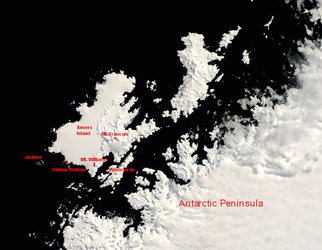
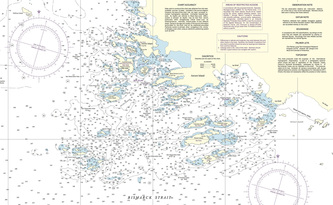
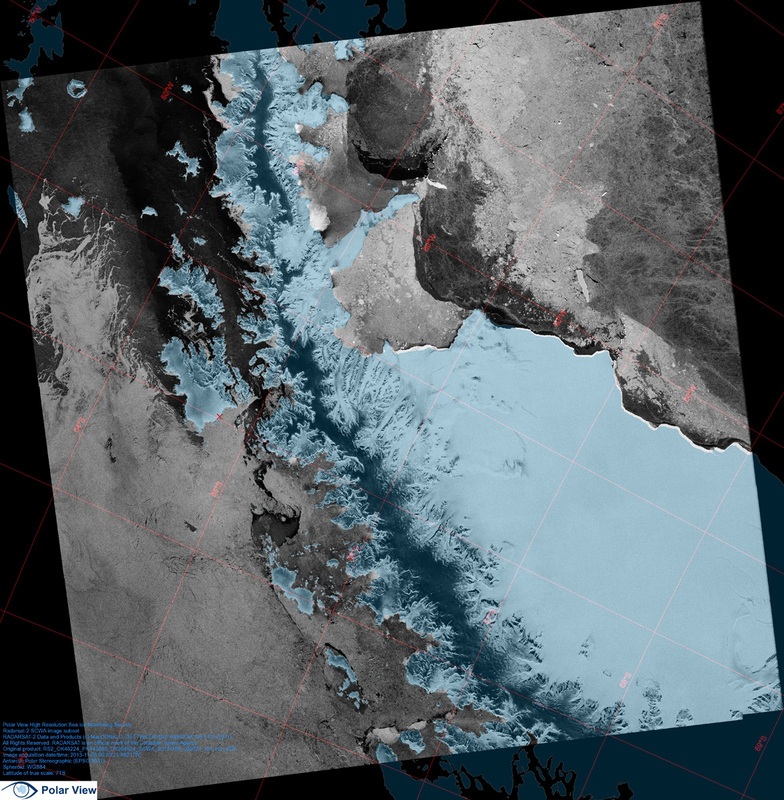
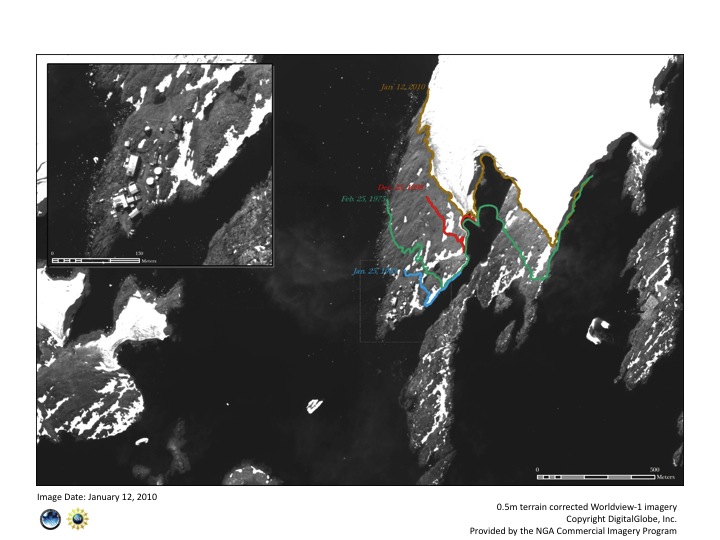
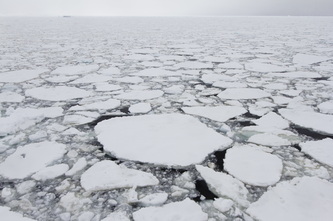
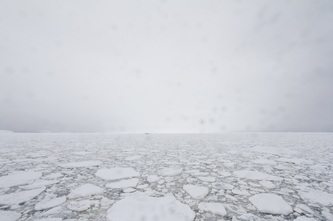
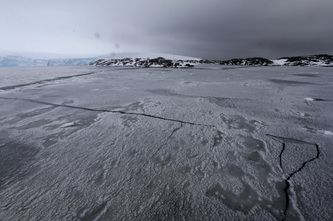
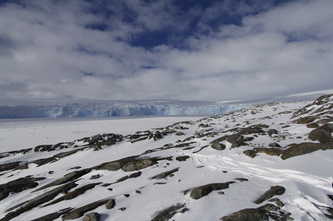
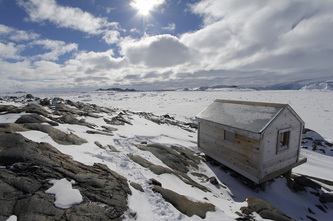
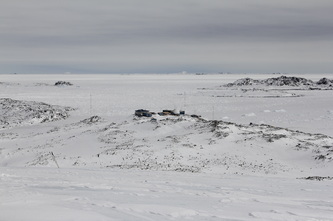
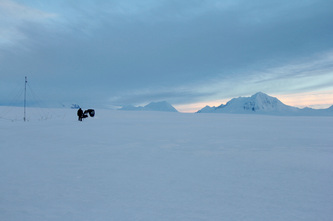
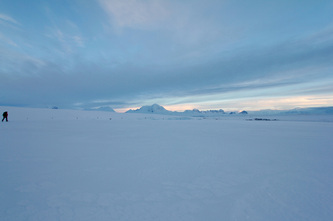
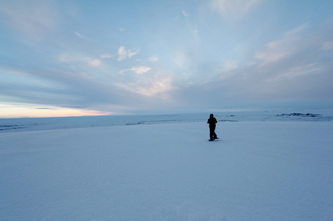
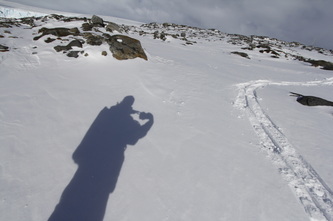
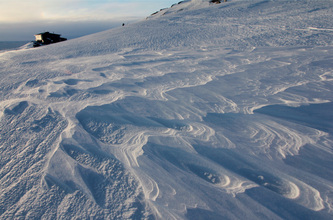
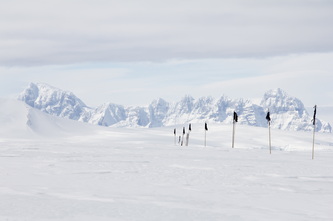
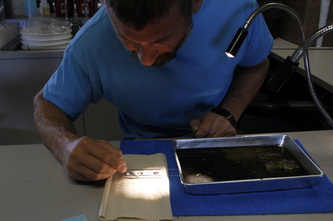
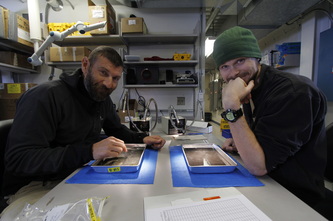
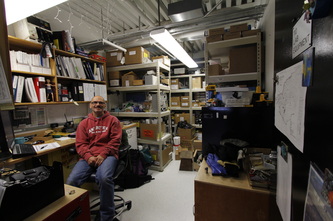
 RSS Feed
RSS Feed
